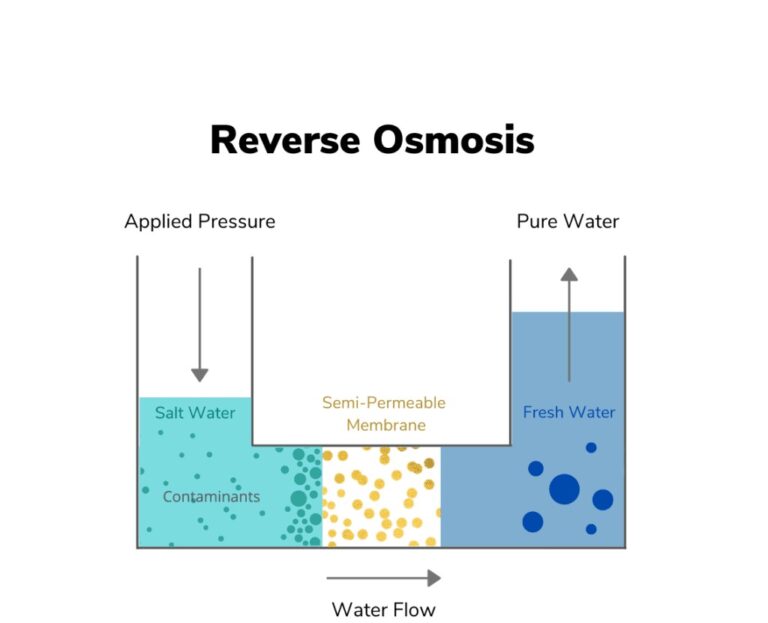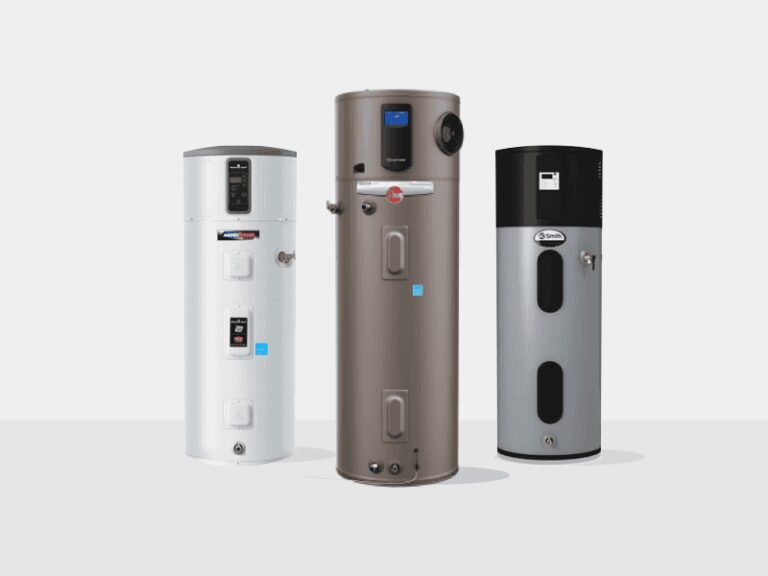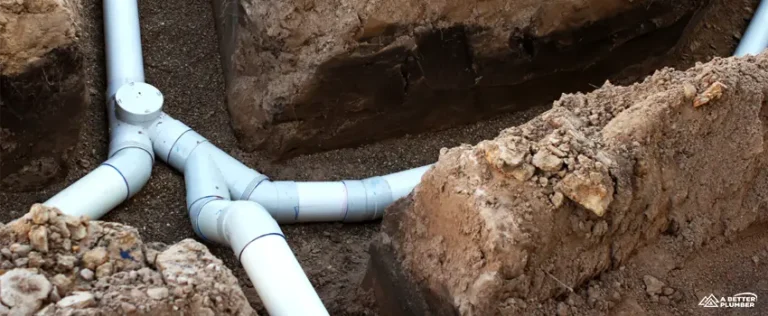When it comes to plumbing it’s safe to say, out of sight out of mind, right? Wrong!! This type of mentality is the exact reason plumbing calls are considered emergencies. Whether it’s a leak in a water line, a backed-up drain, or the pesky old water heater that fires up one day and dies the next. It’s important to remember that even small plumbing issues can lead to bigger problems if not addressed promptly. Performing regular maintenance and inspections of your water heater will keep you abreast of the water heaters condition performance and extend the longevity of your water heater. Neglecting your water heaters maintenance will result in water damage to your home, increased utility bills and having to pay for repairs during the most in opportune moments.
Below, I have outlined several different ways you as a homeowner can stay on top of your water heater maintenance and ensure you do everything possible to extend the life of your water heater. Assuming your water heater was installed by a professional and up to code, we can jump straight into what you as a homeowner can do it extend the life of your water heater.
Connection fittings- Make sure all water line connections are tight and leak free. This will ensure excess water is not leaking onto heater and potentially causing rust spots that can weaken the tank walls, as you can see below.
Anode rod – The anode rod serves to draw in sediments and corrosive substances, such as minerals found in water, so that they corrode the anode rod rather than the interior of the tank of the water heater. In doing so, it acts as a shield for the water heater, safeguarding it from elements that can cause it harm. With the anode rod consistently going to battle with today’s poor-quality water, the anode rod should be inspected at least once a year to ensure that it is not chipped, cracked, corroded, pitted, or covered in gunk. Anodes that have these signs are no longer protecting the water heater and should be changed immediately.
Temperature and pressure relief valve – The temperature and pressure relief valve is designed to alleviate pressure from the water heater if your water heater temperature exceeds 210 degrees or 150psi. If you notice hard water build up on the valve or relief line, it’s time to change it. Take note, testing the t&p valve manually by lifting the lever can result in sediment within the tank getting stuck in between the rubber grommet that seals the valve resulting in a leaking t&p valve.
Burner assembly closed chamber or open – Inspecting around the burner assembly is a key component in safety inspections for water heaters as sometimes flame from the burner assembly escapes the chamber and causes what’s called “flame rollout”, where signs of scorched marks, yellowing of the paint and metal even small smoke trails can be seen. Below are some causes of flame roll out:
A. Clogged burner assembly.
B. Lack of combustible air.
C. Incorrect vent size.
D. Blockage with vent pipe.
Pressure flush- Performing a yearly flush on your water heater is vital to the health of your water heater. Not only does it force out mineral and sediment build up within your water heater, but it also helps keep the heater running efficiently. Buildup of sediment accumulates on the bottom side of the water heater, which will directly affect the way the water is heated. Think of it like this, when you double boil chocolate you have water in a pan which has a glass dish inside filled with chocolate, the flame boils the water, water heats up glass and chocolate starts to melt. The indirect heat source takes more time and more gas to heat. This same concept applies to the water heater having to heat up the sediment at bottom of tank before it can heat up the water.
Out of sight out of mind will only get you into hot water when it comes to your water heater, and not in a good way.
Tags: Water Heater, Water Heater Maintenance, Water Heater Tips, Water Heater Advice





